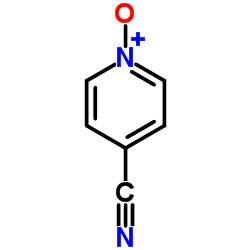| Structure | Name/CAS No. | Articles |
|---|---|---|
 |
4-Cyanopyridinium-1-olate
CAS:14906-59-3 |
| Structure | Name/CAS No. | Articles |
|---|---|---|
 |
4-Cyanopyridinium-1-olate
CAS:14906-59-3 |